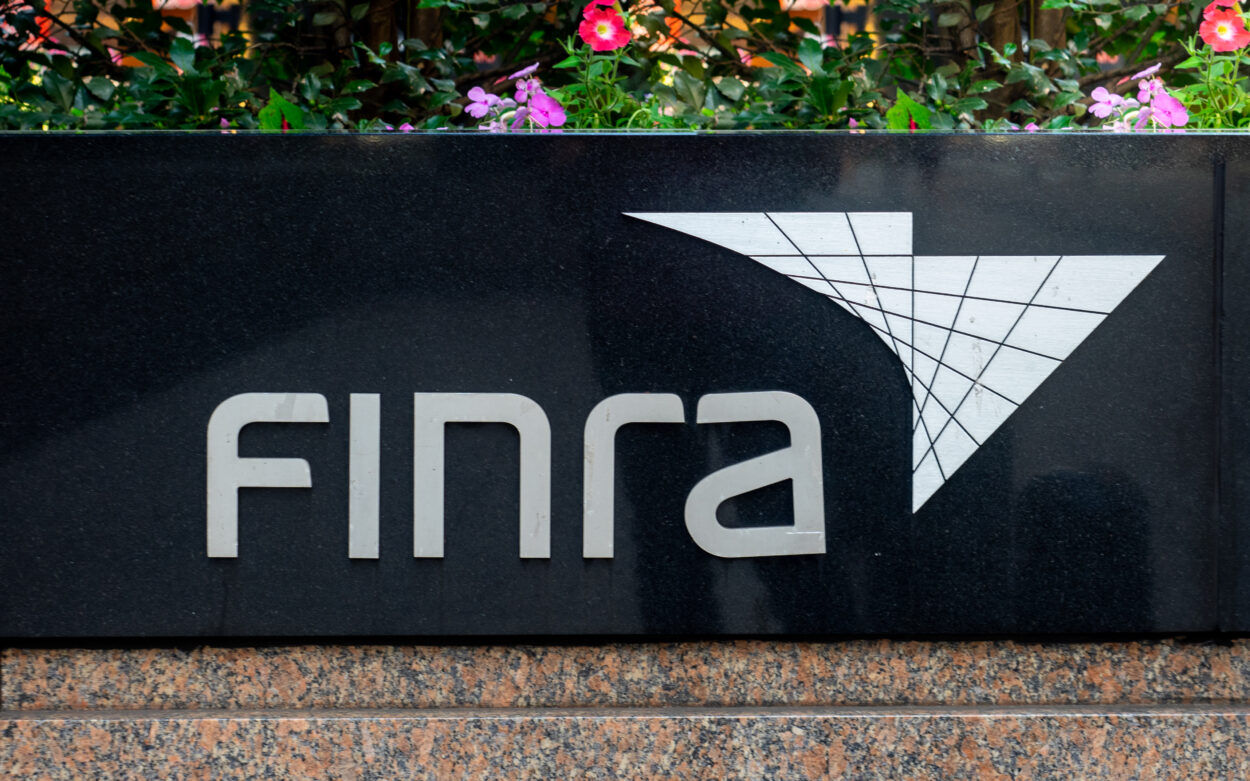
It is one of the most pervasive problems in American business. Whether you are starting a new business or expanding an existing one, you will need to spend some money. If you don’t have a savings account and can’t fund what you need out of cash flow, it is likely that you will end up at a bank.
Banks are the primary source of business capital in the US. To qualify for a bank loan, the bank will want good commercial credit, adequate collateral, and often a personal guarantee of the debt by the business owners.
Most banks will want to know what you intend to do with the money you are borrowing. Some will need to be convinced that you can execute your business plan. Bankers certainly want to know that you will have enough cash flow to make your loan payment every month.
When you borrow from a bank you do so on their terms. You will pay 2-3 % of the loan amount in “points” and other costs plus interest on the loan amount at the rate the bank wants to charge you. Take it or leave it.
A lot of businesses do not qualify for bank loans, millions in fact. That does not mean that these businesses cannot borrow money or find a source of capital. There is an enormous private securities market that most business owners have never heard of and do not know how to access.
Wall Street firms package and sell all kinds of debt instruments. They also package and sell various types of alternative investments that make periodic payments to investors.
The alternative investment market is huge. Much of it targets institutional investors or individual investors designated as “accredited”, generally people with a million-dollar net worth who can afford to lose the funds they are investing. All alternative investments are considered to be speculative investments.
About 15 million households satisfy the accredited investor requirements but not all of the 15 million households are available as potential investors. Some will never invest in anything that is as speculative as these offerings tend to be. Some will invest only in real estate offerings; others only invest in oil or gas wells or alternative energy projects. There are even some investors who repeatedly fund the production of independent films and a subset of those who only fund horror films.
Wall Street has sold these investors on the idea that these alternative investments provide “passive income” and to a lesser extent “growth potential”. Because the risk of loss is high, investors have been taught to expect a higher than the market return.
Congress has eliminated the need for a company to use a Wall Street firm when raising capital in the private market in favor of a do it yourself model. Any business can post the details of their private offering on their website and solicit strangers to invest.
In the early days of crowdfunding, a lot of people focused on funding start-ups and companies that wanted to hit the proverbial home run. Many people in the crowdfunding industry thought of themselves as venture capitalists. The offerings they posted sought like-minded investors.
What they failed to realize is that venture capital was largely raised from institutional investors. The number of individual accredited investors who have invested in a new venture or venture capital fund is very small.
Syndicated real estate has always claimed the largest share of this market. There is an industry of sponsors who package real estate developments and re-sales for the stock brokers to sell. Eliminating the stockbrokerage firms produced better terms for the investors.
For example, if a sponsor was raising $1 million for equity to buy a small office building for $4 million, the sponsor would need to raise at least 10% more to cover the stockbrokers’ commission. Eliminating the commission, and its dilution, means investors who might be promised a 10% return on this property, may now receive 11% or more.
In 2021 the SEC amended its Regulation Crowdfunding (Reg. CF) to allow these private offerings to be sold to most middle-class people, not just the wealthiest households. That has added trillions of investment dollars to this market. The intent of that regulation was specifically to help direct more capital to start-ups and small and medium-sized businesses.
There are many advantages for a small business funding this way. The terms offered to investors in a private offering are at the sole discretion of the company seeking funding. In no other form of finance is this true. The flexibility that a business can have in setting its funding terms cannot be overvalued.
Post-pandemic a lot of companies have battered balance sheets and anemic income statements. Rather than be weighed down by their financials, there is a growing trend for companies to take these capital raises off their balance sheet.
Expect to see more offerings patterned after a revenue-sharing model that was already becoming popular before the pandemic. Virtually anything that produces an income stream can be funded.
Whether you are targeting your offering at wealthier investors or the larger pool that includes smaller, middle-class investors, you are going to reach potential investors by email. Modern data mining techniques help to create more highly targeted lists of potential investors. Email open and click-thru rates for alternative investments have soared in the last few years.
Investment rates per thousand emails are more dependent on the message those emails deliver. A personal observation is that the further a company’s offer to investors deviates from the basic “passive income” model, the fewer investors may be interested.
Consider that a capital raise of $1,000,000 can be offered to investors in several ways. If you offer it to accredited investors only and set the minimum investment at $25,000, you will need at most 40 investors. Some investors will invest more than the minimum.
If you want to include smaller non-accredited investors, you might reduce the minimum to $10,000 and need to find as many as 100 investors. Accredited investors can purchase as much as they want and smaller investors can invest more than $10,000, subject to income and net worth requirements. A raise of $1,000,000 under Reg. CF might require only 60-75 individual investors.
Either way, the people who will respond to your advertisements will consider themselves to be investors with money to invest. If your closing rates are low, you can send more emails without breaking the bank.
The SEC which eliminated the stockbrokers from these transactions has seemingly acknowledged that data-driven advertising campaigns are the logical replacement. The regulator has included a provision where a company can test its email campaign to see if it gets interest from investors. Making adjustments after the test has led to even higher open, click-through, and investment rates.
These data-driven campaigns were working when I first looked at them 4 years ago, are more efficient today, and will likely be more efficient a year from now. Every well-run crowdfunding campaign should be successful and garner the investment capital it seeks.
The average small business loan is less than $1 million. As banks tighten lending requirements small businesses are going to be looking at crowdfunding as a quick, cheap and available source of capital.
A raise of $5 million (the Reg. CF limit) will provide the equity (at 3/1 LTV) to syndicate the purchase of a $20 million property. As the market re-prices next year sellers, especially, will appreciate the ability to set the sales price and offer shares to the public rather than negotiate with buyers seeking to buy good properties cheaply.
I was excited when the SEC opened this market to smaller investors a year ago. I dubbed the new regulation Reg. CF+ and wrote a small paper to express my thoughts. If you would like to get a copy of the paper, just send me a note in the comment box.
Since I wrote that paper the data-driven marketing industry continues to evolve. It continues to place ads that cause people to respond, “yes I am an investor and I would like to invest “. For most companies, crowdfunding can deliver investors at what represents a reasonable cost of capital.
That fact, together with the trillions of dollars made available by the SEC and the re-pricing of real estate at the higher interest rates, are likely to give crowdfunding the kick in the pants it needs. So much so, that I think this market cycle will see a Reg. CF Revolution where a lot more investors’ funds come into play.
If you’d like to discuss this or anything related, then please contact me directly HERE
Or you can book a time to talk with me HERE













